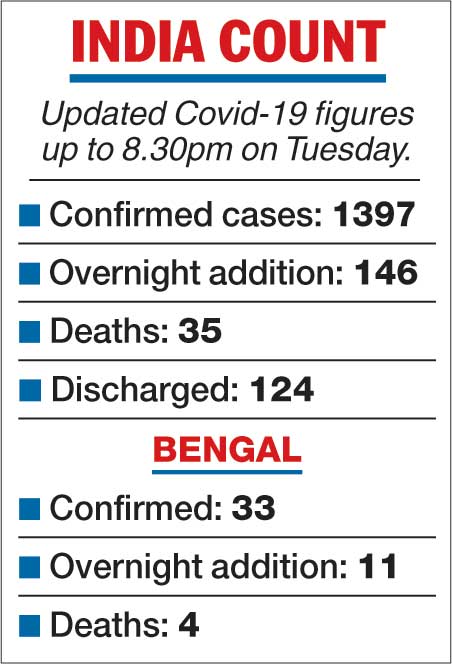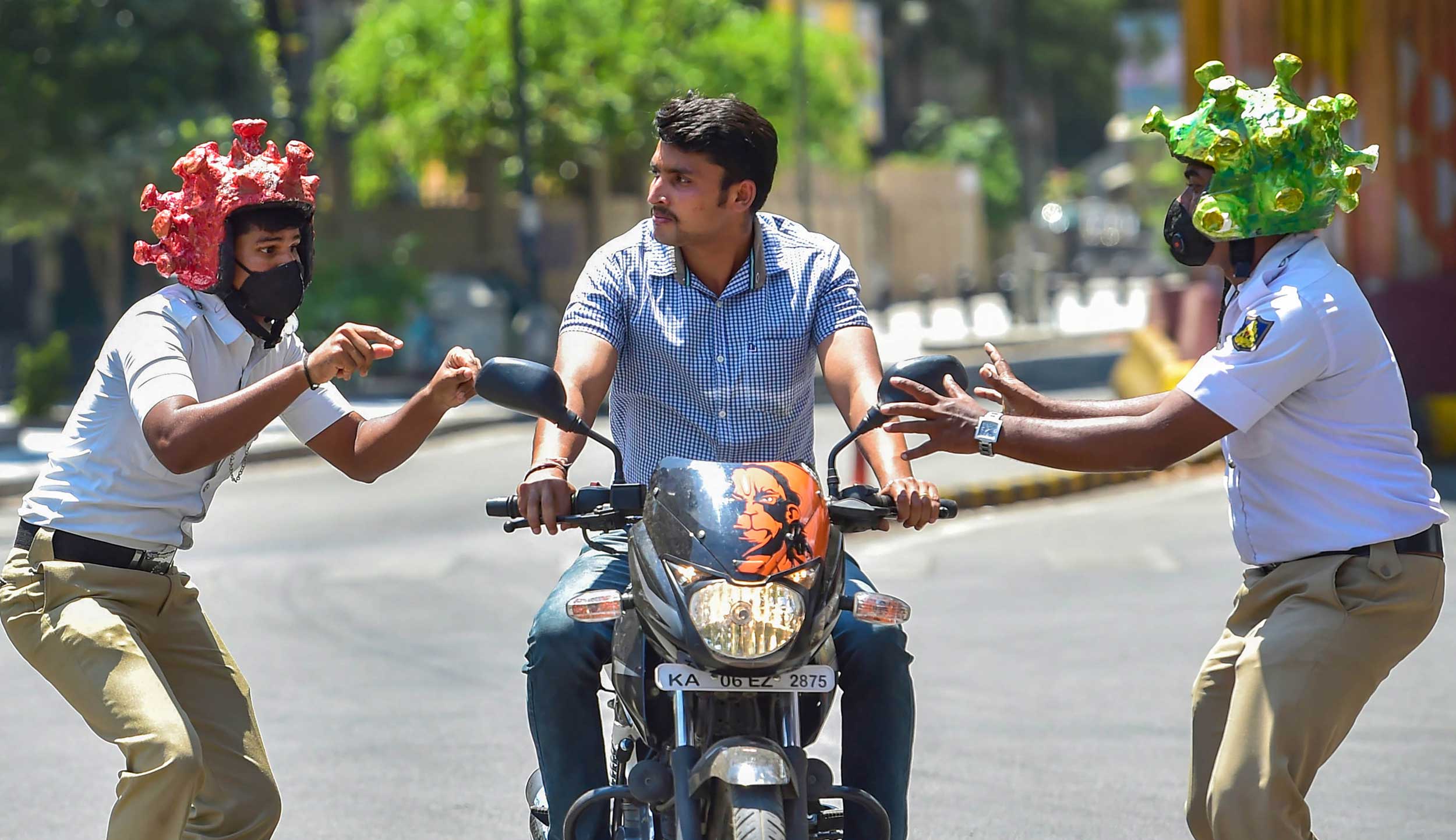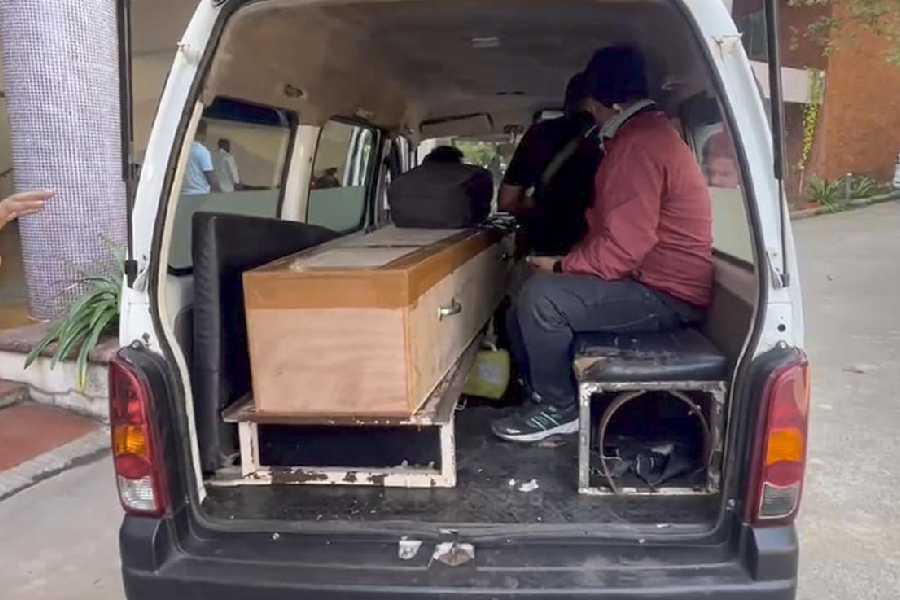As India’s coronavirus count grew by 146 patients on Tuesday, a Union health ministry official appeared to shift culpability on individuals, angering public health experts who said the government might be preparing the ground to blame the public.
The health ministry had up to 8.30pm on Tuesday recorded a total of 1,397 coronavirus cases, among whom 124 have recovered and 35 have died. Kerala recorded the highest rise with 32 new coronavirus disease (Covid-19) patients, followed by Uttar Pradesh (19) and Maharashtra (17).
A health ministry official briefing the media linked the increase in numbers — a spike of 227 fresh patients on Monday — to the lack of people’s support. “The reason for this increase is that in some locations, people’s support was not available, and the numbers rose abruptly,” said joint secretary Lav Agarwal.
“I have said this earlier — in this battle against Covid-19, we will only be as much successful as we get support from the community,” Agarwal said. “If a single individual does not give us support, the entire society can suffer. I appeal again this is a joint war. We have to work together.”

At earlier briefings too, Agarwal had emphasised the need for individuals to cooperate through social-distancing measures and the lockdown, saying without cooperation from every individual, the government’s efforts to fight the outbreak could be pushed to “zero”.
Sections of public health experts view attempts at pinning such culpability as a possible strategy to shift the blame for the growing outbreak to the public.
“Yes, there is need for people to adopt social-distancing and follow lockdown measures in place, but there is no way the government can claim it has done everything right,” said Sulakshana Nandi, a public health specialist with the Jan Swasthya Abhiyan, a people’s health network.
Nandi and other health experts point to what they describe as the abrupt and unplanned lockdown imposed across India after a notice of only four hours. Nandi said: “Was this negligence? Could those who recommended the lockdown not even think of the reality in India?”
In the days after the lockdown, hundreds of thousands of migrant workers in various states — left without a source of income — tried to return to their native places on foot or by any vehicles they could find.
A home ministry official said on Tuesday that various states had created 64,000 shelters, which on Tuesday were holding 600,000 migrant workers.
Another public health expert who requested anonymity said the health ministry official’s attempt to link increases in patients’ counts to lack of cooperation was flawed because people detected positive over the past two days would have been infected between seven and 14 days ago.
For some people, Nandi said, the mass migration triggered by the lockdown itself could have increased the risk of exposure to the infection.
“As India tests more and more people, the number of positive cases will rise,” said Oomen John, a public health specialist at The George Institute for Global Health, New Delhi.
“Given the spread so far, anyone with symptoms should be tested. Unfortunately, we are not doing that yet.”
Under the current testing criteria, in addition to people who have had a recent foreign travel history, only hospitalised patients with severe acute respiratory illness along with fever, cough or shortness of breath, and asymptomatic direct contacts of positive cases, can be tested.
The health ministry has initiated cluster containment measures in several “hotspots” across the country but health officials declined to name the hotspots.
“(The site of) every case is a hotspot,” Agarwal said. But, in areas where clusters of the infection emerge, he said, the interventions become stronger. He declined to specify quantitative criteria to label a site as a hotspot.
The standard protocols for cluster containment involves defining a containment zone and a buffer zone and searching all houses for persons with symptoms and observing the population for 14 days.












